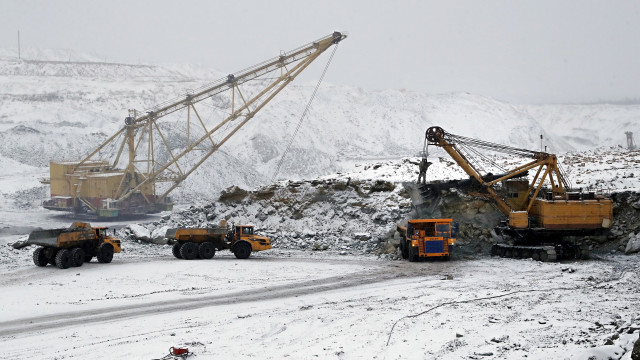A sharp drop in prices for minerals critical to the transition to green energy is masking an impending shortage due to underinvestment, the International Energy Agency (IEA) has said.
While the drop in prices is good news for consumers, the Paris-based agency said it feared it would deter the investment needed to meet demand, which is set to rise.
It estimated that the announced projects would only be able to meet 70% of copper needs and 50% of lithium needs in 2035, under a scenario where countries around the world meet their national climate targets.
Both metals are key to the production of electric vehicles.
"Secure and sustainable access to critical minerals is essential for a smooth and affordable transition to clean energy," IEA Executive Director Fatih Birol said in a statement.
"The world's appetite for technologies such as solar panels, electric cars and batteries is growing rapidly - but we cannot satisfy it without a reliable and expanding supply of critical minerals," he added.
The IEA forecasts that the combined market size of key minerals for the energy transition will more than double to $770 billion by 2040 as countries strive for net zero emissions by mid-century.
The IEA found that only limited progress has been made in diversifying supply, a key issue given the recent experience of the pandemic that disrupted supply chains and geopolitical tensions posing risks to access.
The report analyses supply and geopolitical risks, as well as the barriers to responding to supply disruptions and exposure to environmental, social and governance (ESG) risks.
The IEA said it had found a "mixed picture" on ESG risks.
While progress has been made in terms of local community participation and the use of renewable energy, it points to a different picture in terms of waste reduction, emissions and water consumption. / BGNES







